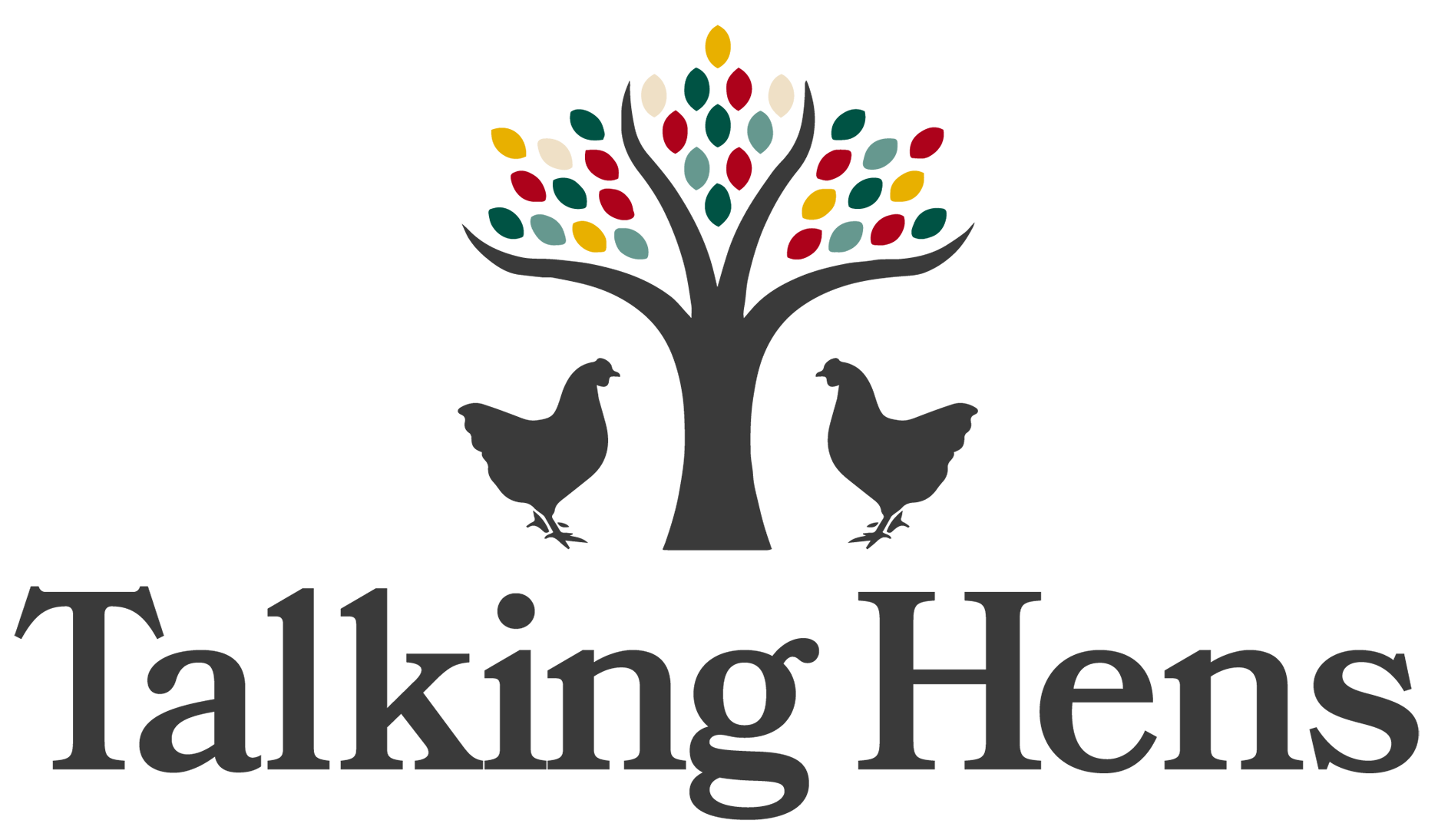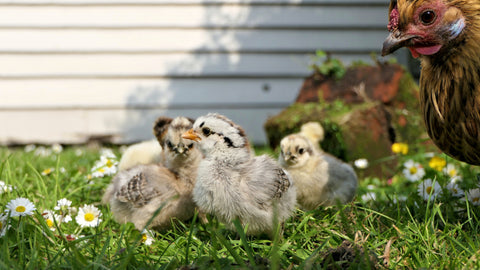“What laying hens should I buy?”
This is often one of the first questions asked by those wanting to buy good backyard laying hens from a “laying hens for sale” ad. For some who have ended up owning chickens after their kinder or primary school’s “chicken appreciation program”, the question may be “what chicken do I now own?”
It’s important to know exactly what type of chicken you have along with its breed, otherwise you might just find your new laying hens don’t lay! Some chickens are roosters (cockerels), which won’t endear you to your neighbours or council, while some breeds of hen are poor layers but big eaters. Other breeds are only good for meat and will have poor health if kept for long.
Meat and egg chickens – what’s the difference?
Chickens that have been bred for eggs have very different qualities from chickens bred for meat. It’s important to know what the main differences are between them so that you aren’t disappointed after buying your chickens only to find out they aren’t doing what you expected.
In Australia, the commercial meat chicken is called a “broiler” and tends to be either a Cobb or a Ross breed, with both being hybrids and poor egg layers. Broiler chickens can be roosters or hens depending on market demands and are “harvested” at between five and seven weeks of age. Commercial egg-laying breeds are exclusively hens and tend to be either a Hy-Line Brown or ISA Brown breed.
Laying hens grow at a much slower rate than meat chickens, with most commercial layers reaching a maximum body weight of 2kg at around 30 weeks of age. Broilers on the other hand, will grow rapidly from a day-old chick to reach around 2kg at just five weeks of age and over 3kg at around seven weeks.
Laying hens only start to produce their first eggs between 18 to 24 weeks of age, while the Cobb and Ross broilers won’t get anywhere near their potential laying age of around 21 weeks (if hens). Most broiler breeds also need careful feed and health management to be capable of laying eggs at all.
Different laying hens
Laying hens are, as the name suggests, hens that lay eggs. For the purposes of this post, we will focus on the main egg-laying breeds of hen used in Australia rather than pure-breed hens or broiler chickens.
The physical size of the hen is of critical importance to egg farmers, as the larger the bird the more it will tend to eat. As high-quality chicken feed is expensive (but essential in producing large numbers of high-quality eggs), large breeds of hen are simply too expensive to feed.
For this reason, there are four excellent egg-laying breeds of hen available in Australia, but only two are used to produce eggs for the market. Both of the commercially-farmed breeds are hybrids and are relatively small in size, yet are prolific layers of good quality eggs.
Hy-Line Brown
The American company Hy-Line International was founded in 1936 and is now the largest supplier of egg-laying hens in the world. Their Hy-Line Brown hen is now used by the majority of egg farmers and an increasing number of backyard chicken keepers in Australia.
Hy-Line Brown facts:
- Will lay around 360 eggs in its first year/season
- Lays good quality, brown-shelled eggs
- Very placid and friendly
- Grows to a maximum weight of around 1.9kg
- Produces eggs with strong shells and excellent internal egg quality
- One of the best feed-to-egg efficiency of all layer hens
Australorp
The Australian Australorp is a breed of hen developed right here in Australia. They are good layers but are quite a large bird so tend to eat relatively more than the ISA or Hy-Line Browns.
Australorp facts:
- Will lay around 300 eggs in its first year/season
- Lays brown-shelled eggs
- A relatively large chicken up to 3.5kg in weight
- Not a great feed-to-egg conversion rate, so not used by egg farmers
ISA Brown
The French ISA Brown hen (Institut de Sélection Animale), is a hybrid breed developed in 1978. It is now widely used around the world due to the number of eggs it lays and quality of its eggs.
ISA Brown facts:
- Will lay around 320 eggs in its first year/season
- Lays good quality, brown-shelled eggs
- Grows to a maximum weight of around 2kg
- Very good feed-to-egg conversion rate
White Leghorn
The White Leghorn is a breed with origins in Tuscany, Italy. It was popular as a commercial, white-egg layer in the 70s and 80s. When white eggs became less popular it was replaced by the ISA Brown and Hy-Line Brown breeds.
White Leghorn facts:
- Will lay around 280 eggs in its first year/season
- Lays white-shelled eggs
- Grows to a maximum weight of around 2.4kg
- Flighty and not great around adults or children
Having chickens for eggs
If you are wanting to own a friendly, high-quality laying hen that won’t cost too much to feed it is hard to look past the Hy-Line Brown. Not only are they great with children but they will lay an egg nearly every day in their first year of laying.
My daughter Bella has picked up and carried any of our Hy-Line hens that have gone wandering on the farm since she was two, and has never been pecked or scratched. She is now very comfortable with all animals and her experience with our Hy-Line hens has definitely helped.
The egg quality from a Hy-Line Brown hen is also excellent if fed on a high-quality diet in conjunction with good, green pasture. One of the key reasons why Hy-Line developed the bird was for its internal egg quality with clear, firm egg white and large creamy yolks.
The Hy-Line hen’s consumption of feed is also very low for its egg production which means it is very efficient with converting nutrients and energy into eggs. Egg farmers understand that this ability sustains their business, but it also means that backyard Hy-Line owners can greatly reduce feeding and egg purchasing costs over time.







Comments (1)
Hi
Do you have 2 hyline hens available for me to purchase this week?
Helen